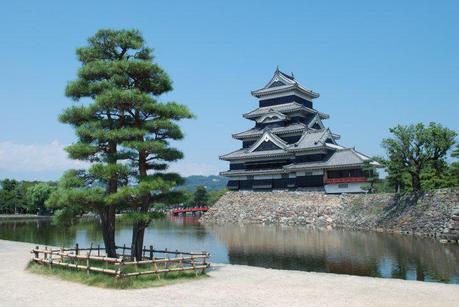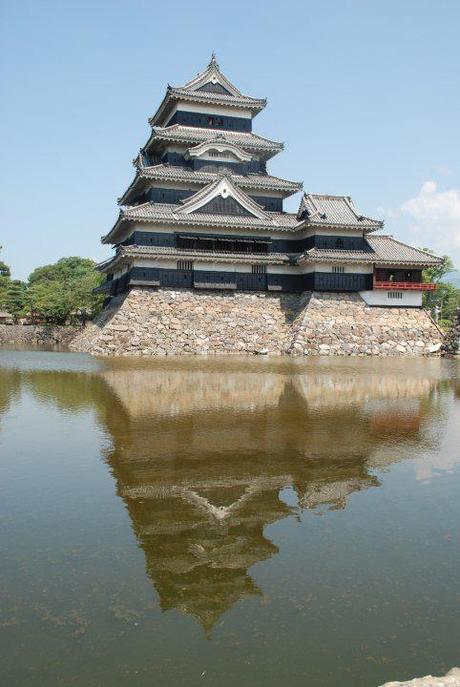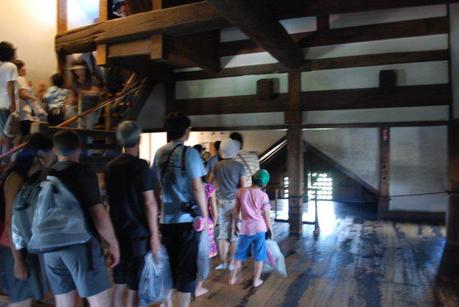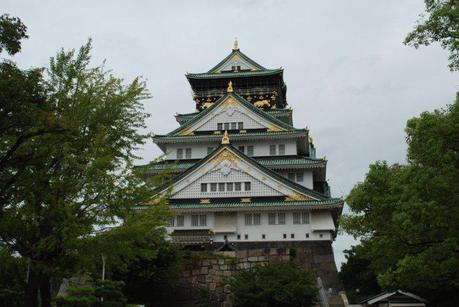 Japanese castles are often one of the top attractions that foreign tourists want to see while in the country. Relics of an older time when samurai warriors dominated the land, Japanese castles are a testament to the beauty and engineering knowledge of the period which many travelers seek out holiday deals just to witness. While most of the castles have been destroyed and rebuilt over the ages, mostly resulting from World War II, they still represent an amazing period in Japanese history.
Japanese castles are often one of the top attractions that foreign tourists want to see while in the country. Relics of an older time when samurai warriors dominated the land, Japanese castles are a testament to the beauty and engineering knowledge of the period which many travelers seek out holiday deals just to witness. While most of the castles have been destroyed and rebuilt over the ages, mostly resulting from World War II, they still represent an amazing period in Japanese history.After traveling to three castles throughout Japan, there is a distinct trend that has appeared between the castles which, unfortunately, might not be entirely a good thing.
The trend itself stems from the fact that most of Japan's castles were rebuilt in the past 60 years. While rebuilding and restoration is often a good thing to preserve historic legacy, the castles only retain this true-to-form design on the outerward appearance. Inside the structure is a completely different scene all together.
For comparisson sake into this argument, one of the few surviving castles in Japan should be discussed first.
The Castle with All Original Pieces Remaining

Matsumoto castle, located in the town of Matsumoto about 45 minutes outside of Nagano, is considerd a national treasure by the people of Japan. Speaking the name of the castle will often receive praise as a good stop to see and even more surprise when telling someone you went there as it is outside of the normal tourist route.
Arriving at Matsumoto was quite simple for JR pass holders if staying in Nagano and a short walk puts you in front of a beautiful castle perched above a stone wall and moat that is still full of water. It may seem unusual to think, but a full moat is something quite unusual in many of the castles remaining in Japan. Small for its size, Matsumoto does not offer huge gardens or walking grounds for visitors to see, and the castle itself is the main attraction. Japan's commitment to this structure is apparent as all visitors must remove and carry around their shoes during the entire time within the building.

Once inside, however, the term "original state" is validated as the entire building is nearly devoid of relics, short of a few museum display cases and panels on the wall describing where you are at. While surprising, seeing the original structure of the increasing pagoda shaped levels is inspiring, even if climbing terrifyingly steep steps is not.
Each level in the castle has an open common room where high ranking commanders would sit, plan, and be protected. The outside border on all levels was lowered such that samurai could run from window to window and protect the castle in time of need. Multiple stories up and a great view is had from the lookout post, the only common feature between all the castles, rebuilt or not. Still, seeing the original design and reading about how the warriors lived and battled inside the same structure gave an amazing glimpse into Japanese history. For Matsumoto's sake, it is very evident why it survived throughout the ages.
Rebuilt Castles - More of a Museum
Castles that found a new life after long rebuilding and restoration now have an entirely new purpose to their internal design. With days of samurai war being over, the redesign of castles such as those in Nagoya and Osaka could afford new amenities and were primarily designed as a museum in the shape of the original building.

Unlike Matsumoto Castle which was small and devoid of artifacts, both Nagoya and Osaka castles come with huge grounds, gardens, and large unfilled moats. Once inside the castle itself, each fully air conditioned level showcases various display pieces, historical artifacts, and videos talking about the history of the castle. Modern stairs replace ladders, and tapestries and cases replace windows, with exception of the lookout on the upper level.
After visiting Nagoya castle as my second of the three, it was interesting to see the drastic difference between the two. While the museum pieces offered a better view into the historical aspect of the building and its uses over the years, I couldn't help but feeling that I was not inside an actual castle unless actually looking at it on the outside. Even more drastic was Osaka Castle, not because it was anything different, but was of the exact same variety as the one in Nagoya. Beautiful on the outside, museum on the inside.

Unfortunate Extremes
It is a bit unfortunate that the beautiful castles in Japan, both recreated and original, have very extreme differences in internal design. While Matsumoto's original design gives a really interesting insight into how warriors lived at the time, display pieces and recreations of some parts of the rooms could easily be done without distracting from the overall engineering of the building. Likewise, Osaka and Nagoya castles are practically empty of any engineering features signifying that you are inside a castle while visiting, aside from reading and viewing the history of a building that once was.
I'm not trying to discourage anyone from visiting the castles in Japan. They are incredibly beautiful and an amazing piece of history, however the two extremes in tourist usage should be kept in mind when choosing the ones to see as the two castle phenomena is highly prevalent. One of each is a must, but after that your time may be better spent elsewhere.
